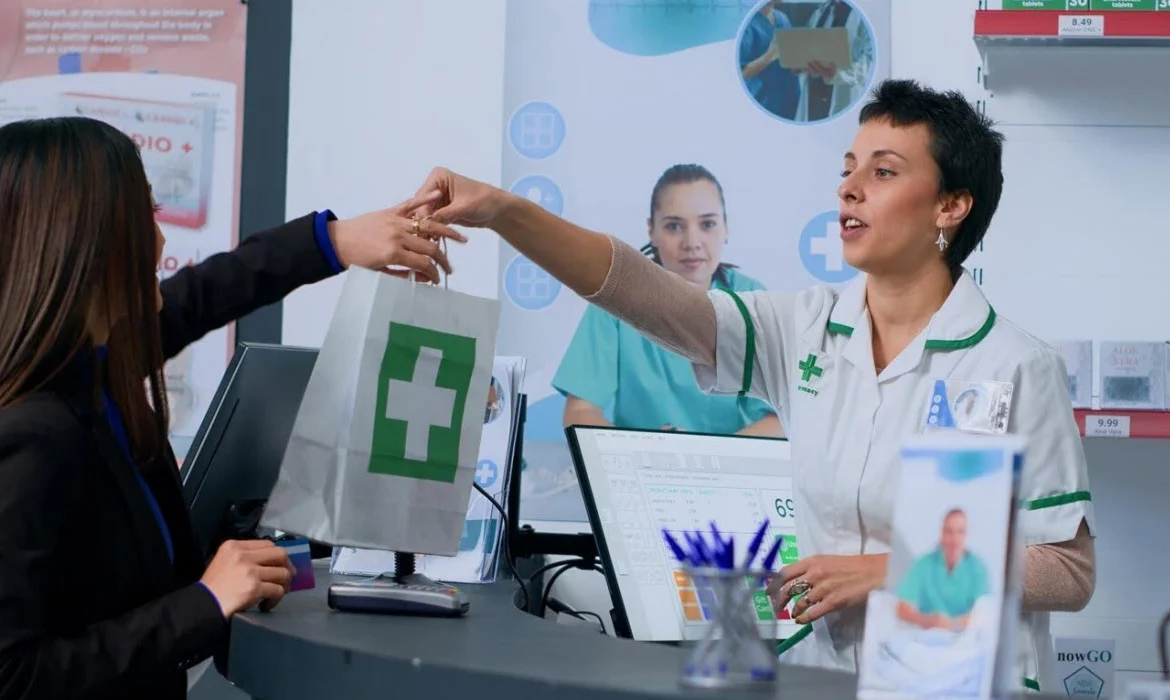
A few years back, I found myself working with a small multi-specialty clinic in Illinois. They had top-notch doctors, modern facilities, and a solid patient satisfaction rate. Yet, the number of new patient visits wasn’t reflecting the quality of care they were offering. After a few brainstorming sessions, we realized we hadn’t tapped into one of the most powerful growth levers—referrals.
That was the beginning of our journey to build a robust referral program, and let me tell you, it changed everything.
We learned firsthand that referrals aren’t just about asking existing patients to “tell their friends.” It’s about designing a system that creates value for everyone involved—patients, providers, and partners. In this blog, I’ll share how we approached the challenge, the steps we took, the mistakes we made, and ultimately, how we built a referral program that significantly boosted patient acquisition and satisfaction.
If you’re a healthcare provider and want to explore more ways to grow your practice, check out these healthcare-specific marketing solutions.
Understanding How Referral Programs Work
At its core, a referral program is a structured process that encourages existing patients, professionals, or partner organizations to refer new patients. It may sound simple, but implementing it in healthcare comes with unique considerations—HIPAA compliance, trust factors, and professional ethics, to name a few.
So, how do referral programs work in healthcare? Generally, they follow a cycle:
- A patient, provider, or organization refers someone to your clinic or hospital.
- The referred individual seeks your services.
- You track the source of the referral.
- You reward or acknowledge the referral source in a compliant, ethical way.
This process builds a strong patient-provider relationship and expands your network organically.
How Do You Create an Effective Referral Program?
Back in Illinois, our first mistake was launching a basic program with little structure. We had flyers, a small incentive, and a loose tracking method. The results? Minimal. Then we went back to the drawing board and asked the right questions:
- What motivates our patients to refer others?
- Are we making the process easy and rewarding?
- Are we following up and showing appreciation?
Eventually, we built an effective referral program by:
- Creating clear guidelines and materials for patients and partners
- Training our front-desk staff on how to promote the program
- Using a HIPAA-compliant CRM to track referrals and send automated thank-you emails
- Offering small but meaningful incentives like wellness checkups or gift cards
We also highlighted patient stories and testimonials, which made a significant emotional impact.
What Are the Four Key Elements of Making a Referral?
To make any referral successful, you need these four key elements:
- Trust: The referrer must believe in your services.
- Clarity: The process of referring should be easy to understand.
- Motivation: Whether it’s gratitude or incentives, there needs to be a reason.
- Follow-Through: Show appreciation and close the loop with both the referrer and the referred.
We made sure our materials were transparent, designed clear referral cards, and even created a digital submission form on our website. When patients saw we valued their efforts, participation skyrocketed.
How Do I Create a Strong Referral Network?
Building a referral network isn’t just about reaching patients. It’s about engaging professionals—primary care physicians, specialists, physical therapists, even community leaders.
Here’s how we did it:
- Attended local healthcare networking events
- Sent personalized emails to providers introducing our services
- Co-hosted webinars on mutual patient care topics
- Ensured that every referral partner got timely updates about referred patients (within compliance limits)
This created mutual respect and reliability. So, if you’re wondering how to create a strong referral network, remember: communication and collaboration are key.
Referral Program Advantages for Patients
Patients feel valued when they’re part of a community. Our program empowered them to refer family and friends with confidence. Some of the top advantages for patients included:
- Access to exclusive wellness offers
- A sense of belonging and contribution
- Improved trust in their provider
We often received feedback that our program made patients feel more involved and connected with our clinic.
Referral Program Advantages for Healthcare Providers
From the provider’s perspective, referral programs brought in high-quality leads and helped reduce marketing costs. Since referred patients often came with a pre-built level of trust, they were easier to convert and retain. It also allowed us to diversify our patient pool without relying solely on paid advertising.
If you’re serious about scaling your patient base, don’t underestimate what a well-built referral system can do. And if you want expert help growing your healthcare business, take a look at how we help providers drive traffic and leads.
Final Thoughts: What We Learned
Building a referral program isn’t a plug-and-play task. It’s a continuous process of understanding your audience, refining your approach, and creating genuine value for everyone involved. Looking back, the biggest lesson we learned was this: word of mouth in healthcare is sacred. Respect it, support it, and it will grow your organization in ways you never imagined.
So if you’re asking, how do you create an effective referral program? Start with trust, add structure, stay ethical, and always think about how it benefits both patients and providers. Your growth journey might just start with a single referral.
EvenDigit
EvenDigit is an award-winning Digital Marketing agency, a brand owned by Softude (formerly Systematix Infotech) – A CMMI Level 5 Company. Softude creates leading-edge digital transformation solutions to help domain-leading businesses and innovative startups deliver to excel.
We are a team of 70+ enthusiastic millennials who are experienced, result-driven, and hard-wired digital marketers, and that collectively makes us EvenDigit. Read More





